Home>Home Appliances>Cleaning Appliances>How To Clean Bissell Vacuum Cleaner
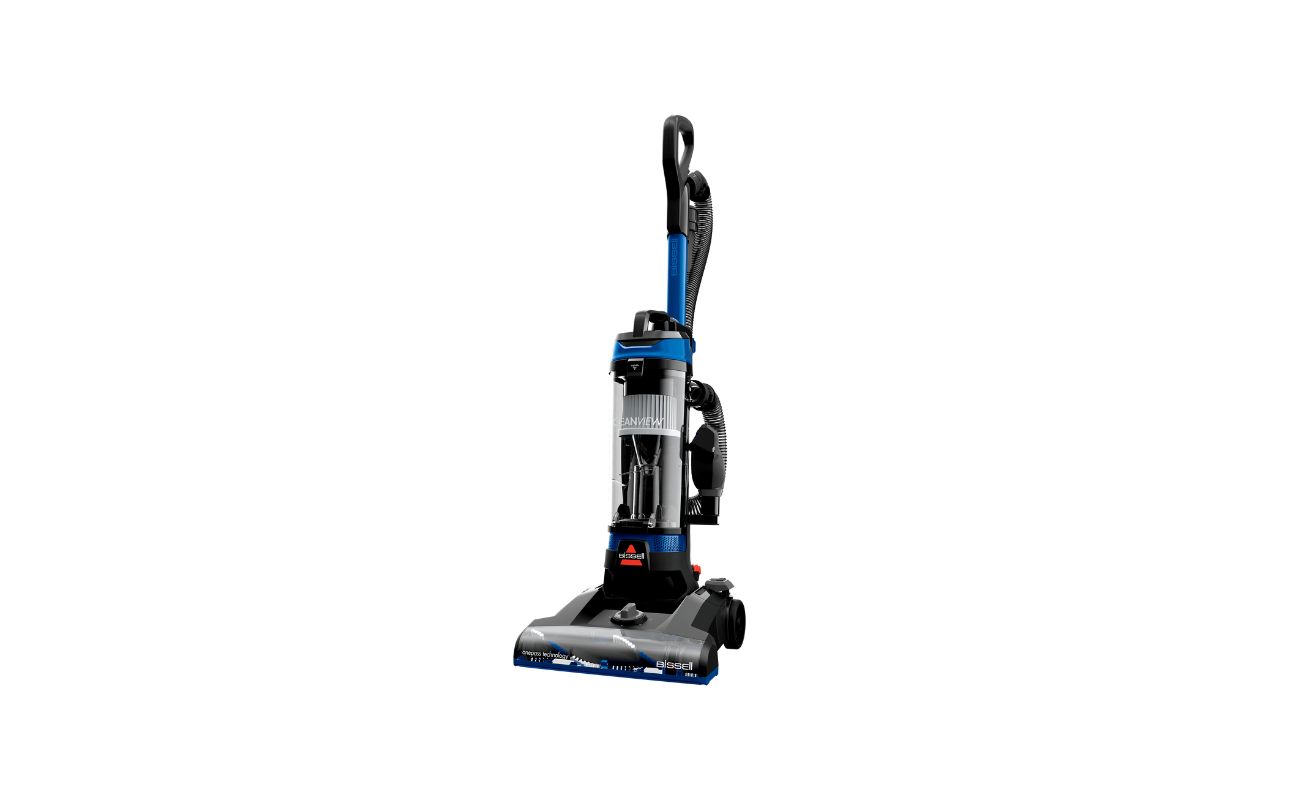

Cleaning Appliances
How To Clean Bissell Vacuum Cleaner
Modified: January 4, 2024
Learn the best techniques for cleaning your Bissell vacuum cleaner and keeping your cleaning appliances in top condition. Discover tips and tricks for maintaining a spotless home.
(Many of the links in this article redirect to a specific reviewed product. Your purchase of these products through affiliate links helps to generate commission for Storables.com, at no extra cost. Learn more)
Introduction
Cleaning your Bissell vacuum cleaner is essential to ensure its optimal performance and longevity. Over time, dirt, dust, and debris can accumulate within the various components of the vacuum, potentially impeding its suction power and overall effectiveness. By regularly maintaining and cleaning your Bissell vacuum cleaner, you can not only prolong its lifespan but also ensure that it continues to efficiently remove dirt and allergens from your home.
In this comprehensive guide, we will walk you through the step-by-step process of cleaning your Bissell vacuum cleaner, covering every essential aspect from preparing the vacuum cleaner for cleaning to maintaining its various components. By following these instructions, you can keep your Bissell vacuum cleaner in top condition, allowing it to deliver powerful and reliable performance for years to come.
So, let's dive into the process of rejuvenating your Bissell vacuum cleaner, ensuring that it remains a stalwart ally in your ongoing battle against dust and dirt.
Key Takeaways:
- Regularly cleaning and maintaining your Bissell vacuum cleaner is crucial for optimal performance and longevity, ensuring it remains a reliable ally in keeping your home clean and allergen-free.
- By following the step-by-step cleaning process and incorporating maintenance tips, you can enjoy consistent and powerful cleaning performance, prolonging the lifespan of your Bissell vacuum cleaner and maintaining a healthier home environment.
Read more: How To Fix My Bissell Vacuum Cleaner
Preparing the Vacuum Cleaner
Before embarking on the cleaning process, it’s crucial to prepare the Bissell vacuum cleaner properly. This involves unplugging the vacuum from the power source to ensure safety and prevent any potential accidents during the cleaning procedure. Additionally, it’s advisable to remove any attached accessories or extensions, such as crevice tools or upholstery brushes, from the vacuum cleaner to facilitate thorough cleaning.
Next, inspect the exterior of the vacuum for any visible dirt or debris, and use a soft, dry cloth to wipe down the surfaces. This simple step helps prevent dirt from transferring to your hands during the cleaning process and ensures a hygienic experience while handling the vacuum cleaner.
Additionally, if your Bissell vacuum cleaner features a detachable dirt tank, remove it from the main unit and empty its contents into a waste bin. This step is essential to prevent any residual dirt from escaping during the cleaning process and to ensure that the dirt tank is ready for thorough cleaning.
By taking these preparatory measures, you can set the stage for a seamless and effective cleaning process, ensuring that your Bissell vacuum cleaner receives the attention it deserves to continue serving as a reliable cleaning companion in your home.
Cleaning the Dirt Tank
The dirt tank of your Bissell vacuum cleaner is a critical component that requires regular cleaning to maintain optimal suction and filtration performance. To begin, detach the dirt tank from the vacuum cleaner according to the manufacturer’s instructions. Once removed, empty the contents of the dirt tank into a waste bin, disposing of the collected dirt, dust, and debris.
After emptying the dirt tank, it’s essential to clean both the interior and exterior of the tank. Use a mild detergent and warm water to thoroughly wash the tank, ensuring that all residual dirt and debris are removed. For stubborn dirt or residue, a soft-bristled brush can be used to gently scrub the interior surfaces of the tank, facilitating a more thorough cleaning process.
Once the dirt tank has been cleansed, rinse it with clean water to remove any soapy residue, and then allow it to air dry completely before reattaching it to the vacuum cleaner. It’s important to ensure that the dirt tank is completely dry to prevent mold or mildew from developing within the tank, which could compromise the vacuum’s performance and air quality.
Regularly cleaning the dirt tank of your Bissell vacuum cleaner not only enhances its efficiency but also contributes to a healthier indoor environment by preventing the recirculation of trapped dirt and allergens. By incorporating this essential step into your vacuum maintenance routine, you can maximize the performance and longevity of your Bissell vacuum cleaner.
Cleaning the Filters
The filters in your Bissell vacuum cleaner play a crucial role in trapping fine dust particles and allergens, ensuring that the expelled air is clean and free from contaminants. Over time, however, the filters can become clogged with dirt and debris, diminishing the vacuum’s suction power and overall performance. Regularly cleaning the filters is essential to maintain the efficiency and effectiveness of your Bissell vacuum cleaner.
Begin by referring to your vacuum’s user manual to locate the filters, as different models may feature varying filter types and placements. Once you’ve identified the filters, remove them from the vacuum cleaner. In most cases, Bissell vacuum cleaners are equipped with both pre-motor and post-motor filters, both of which require regular cleaning to ensure optimal performance.
To clean the filters, gently tap them over a waste bin to dislodge loose dirt and debris. Avoid using compressed air or aggressive tapping, as this can damage the delicate filter materials. Once the loose debris has been removed, wash the filters with mild detergent and lukewarm water, taking care to thoroughly cleanse all surfaces. For heavily soiled filters, a soft brush can be used to gently agitate and dislodge stubborn dirt particles.
After washing, rinse the filters under running water until the water runs clear, indicating that all traces of dirt and detergent have been removed. It’s important to allow the filters to air dry completely before reinstalling them in the vacuum cleaner. Avoid using heat sources to expedite the drying process, as excessive heat can damage the filter materials.
Regularly cleaning the filters of your Bissell vacuum cleaner not only ensures optimal suction power but also contributes to maintaining a healthy indoor environment by effectively trapping airborne particles. By incorporating this maintenance task into your cleaning routine, you can prolong the lifespan of your vacuum cleaner and enjoy consistently impressive cleaning performance.
Cleaning the Brush Roll
The brush roll, also known as the agitator, is a vital component of your Bissell vacuum cleaner, responsible for dislodging dirt and debris from carpets and upholstery. Over time, the brush roll can become entangled with hair, thread, and other fibers, impeding its ability to effectively agitate and clean surfaces. Regular maintenance of the brush roll is essential to ensure that it continues to operate at peak performance.
To clean the brush roll, start by unplugging the vacuum cleaner and accessing the brush roll assembly according to the manufacturer’s instructions. Once the brush roll is exposed, use scissors or a seam ripper to carefully cut and remove any tangled hair, fibers, or debris wrapped around the brush roll. Exercise caution to avoid damaging the bristles or the brush roll itself during this process.
After removing the entangled debris, use a damp cloth to wipe down the brush roll, removing any residual dirt or grime that may have accumulated. Take care to thoroughly clean the bristles and the brush roll housing, ensuring that no obstructions remain that could hinder the brush roll’s performance.
Inspect the brush roll for signs of wear or damage, such as worn bristles or a loose-fitting brush roll belt. If any components appear excessively worn or compromised, consider replacing them to maintain the optimal functionality of the brush roll and the overall performance of the vacuum cleaner.
Once the brush roll and its housing are clean and free from obstructions, reassemble the components according to the manufacturer’s instructions, ensuring that everything is securely in place before resuming use of the vacuum cleaner.
Regularly cleaning the brush roll of your Bissell vacuum cleaner not only enhances its cleaning effectiveness but also prevents premature wear and tear on the brush roll assembly. By incorporating this maintenance task into your cleaning routine, you can ensure that your Bissell vacuum cleaner continues to deliver exceptional cleaning performance on a variety of surfaces.
To clean a Bissell vacuum cleaner, start by unplugging it and removing the dirt container or bag. Wash the container with soap and water, and let it dry completely before reattaching. Use a damp cloth to wipe down the exterior of the vacuum. Clean the brush roll and filters regularly to maintain suction power.
Read also: 15 Best Vacuum Cleaner Bissell For 2025
Cleaning the Hose and Attachments
The hose and attachments of your Bissell vacuum cleaner are essential for reaching tight spaces, upholstery, and other surfaces that the main vacuum unit may not easily access. Over time, these components can accumulate dirt, dust, and debris, potentially hindering their effectiveness and cleanliness. Regularly cleaning the hose and attachments is crucial to maintain the overall performance and versatility of your Bissell vacuum cleaner.
To begin, detach the hose and any applicable attachments from the vacuum cleaner, following the manufacturer’s guidelines for your specific model. Once removed, visually inspect the hose for any visible blockages or obstructions. Use a long, flexible brush or a straightened wire hanger to gently dislodge and remove any debris that may be lodged within the hose, ensuring that it remains clear and unobstructed.
For attachments such as crevice tools, upholstery brushes, and dusting brushes, wipe them down with a damp cloth to remove any accumulated dirt and dust. Pay particular attention to the bristles and nooks of each attachment, ensuring that they are thoroughly cleansed and free from debris that could compromise their cleaning performance.
If your Bissell vacuum cleaner features a detachable hose, consider rinsing it with lukewarm water to remove any lingering dirt or dust particles. After rinsing, allow the hose to air dry completely before reattaching it to the vacuum cleaner. It’s important to ensure that the hose is thoroughly dry to prevent the development of mold or mildew, which can compromise the vacuum’s suction power and air quality.
Once the hose and attachments are clean and dry, reattach them to the vacuum cleaner, ensuring a secure and snug fit. Regularly cleaning the hose and attachments of your Bissell vacuum cleaner not only maintains their functionality but also contributes to a thorough and effective cleaning experience, allowing you to tackle a variety of cleaning tasks with ease and precision.
Reassembling the Vacuum Cleaner
After completing the individual cleaning tasks, it’s essential to reassemble your Bissell vacuum cleaner to ensure that all components are securely in place and ready for use. Proper reassembly not only guarantees the vacuum’s functionality but also reduces the risk of malfunctions or safety hazards during operation.
Begin by referring to the user manual to ensure that each component is reattached correctly and securely. If you have removed the dirt tank, filters, brush roll, hose, or attachments, carefully follow the manufacturer’s instructions to reinstall each item, paying close attention to any specific alignment or attachment points.
Ensure that the dirt tank is securely locked in place, the filters are properly seated, and the brush roll is correctly aligned and engaged with the drive belt or motor spindle. For hoses and attachments, verify that they are securely connected to the vacuum cleaner, with no loose or dangling components that could impede the vacuum’s performance.
Once all components have been reassembled, visually inspect the vacuum cleaner to confirm that everything is in its rightful place. Gently tug on the hose and attachments to ensure that they are firmly attached, and run a quick visual check to confirm that no components are visibly loose or misaligned.
Before resuming use, plug in the vacuum cleaner and power it on to verify that everything operates as expected. Listen for any unusual noises or vibrations that may indicate improper reassembly, and run a quick test on different surfaces to ensure that the vacuum cleaner’s suction and cleaning performance are optimal.
By diligently reassembling your Bissell vacuum cleaner after cleaning and maintenance tasks, you can rest assured that it is ready to deliver powerful and reliable cleaning performance, allowing you to tackle dirt and debris with confidence and ease.
Maintenance Tips
Maintaining your Bissell vacuum cleaner goes beyond regular cleaning; it also involves adopting certain practices to ensure its longevity and peak performance. By incorporating these maintenance tips into your cleaning routine, you can maximize the effectiveness and lifespan of your vacuum cleaner.
- Regular Filter Checks: Periodically inspect the filters of your Bissell vacuum cleaner to ensure they are clean and free from blockages. Clean or replace the filters as recommended by the manufacturer to maintain optimal suction and filtration performance.
- Clear Obstructions Promptly: If you notice a decrease in suction power or unusual noises during vacuuming, promptly check for and remove any obstructions from the brush roll, hoses, and attachments to prevent damage and maintain efficient operation.
- Empty the Dirt Tank: Avoid allowing the dirt tank to become excessively full, as this can impede the vacuum’s suction and airflow. Regularly empty the dirt tank to prevent clogs and maintain consistent cleaning performance.
- Inspect and Clean Brush Roll: Periodically check the brush roll for tangled hair, fibers, or debris, and clean it as needed to ensure that it continues to effectively agitate and clean various surfaces.
- Store Properly: When not in use, store your Bissell vacuum cleaner in a clean, dry area, preferably in an upright position to prevent damage to the brush roll and maintain the integrity of the components.
- Professional Servicing: Consider scheduling periodic professional servicing or maintenance for your Bissell vacuum cleaner, especially if you notice a decline in performance or encounter persistent issues that require expert attention.
By adhering to these maintenance tips, you can proactively care for your Bissell vacuum cleaner, ensuring that it remains a reliable and effective cleaning companion in your home for years to come.
Conclusion
Cleaning and maintaining your Bissell vacuum cleaner is a fundamental aspect of preserving its performance, longevity, and reliability. By following the comprehensive cleaning and maintenance guide outlined in this article, you can ensure that your Bissell vacuum cleaner remains a stalwart ally in your ongoing battle against dirt, dust, and allergens.
From preparing the vacuum cleaner for cleaning to meticulously tending to each component, including the dirt tank, filters, brush roll, hose, and attachments, you have learned the essential steps to keep your Bissell vacuum cleaner in optimal condition. By embracing these cleaning practices and incorporating the recommended maintenance tips into your routine, you can enjoy consistent and powerful cleaning performance, effectively maintaining a cleaner and healthier home environment.
Remember that regular care and maintenance not only enhance the vacuum cleaner’s functionality but also contribute to its longevity, ultimately providing you with continued value and convenience in your cleaning endeavors. By investing time and attention into the upkeep of your Bissell vacuum cleaner, you can enjoy the peace of mind that comes with knowing your cleaning companion is always ready to tackle the challenges of household cleaning with efficiency and effectiveness.
So, armed with the knowledge and insights gained from this guide, embark on your journey to rejuvenate and maintain your Bissell vacuum cleaner, ensuring that it remains a steadfast partner in your quest for cleanliness and comfort in your home.
Frequently Asked Questions about How To Clean Bissell Vacuum Cleaner
Was this page helpful?
At Storables.com, we guarantee accurate and reliable information. Our content, validated by Expert Board Contributors, is crafted following stringent Editorial Policies. We're committed to providing you with well-researched, expert-backed insights for all your informational needs.
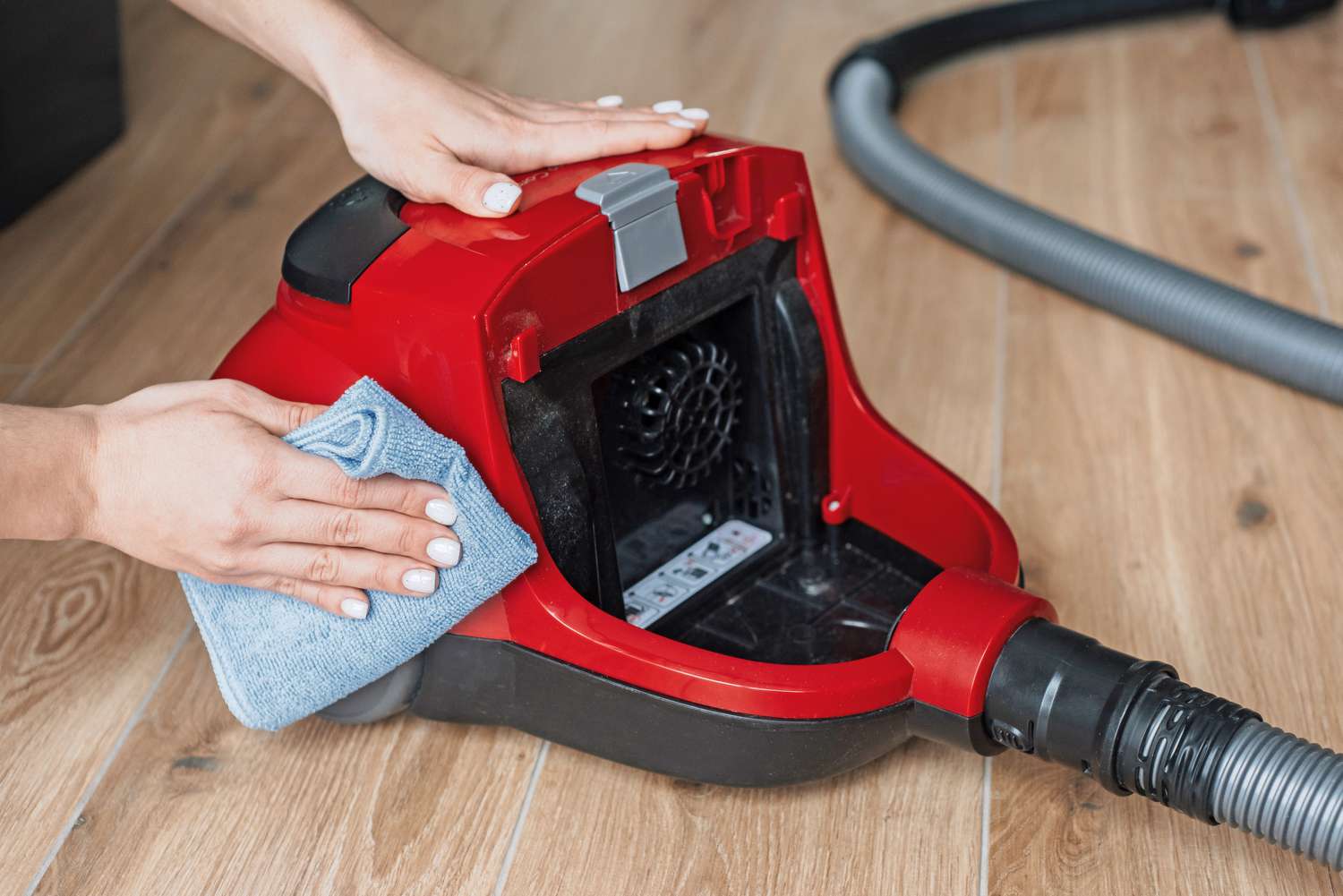
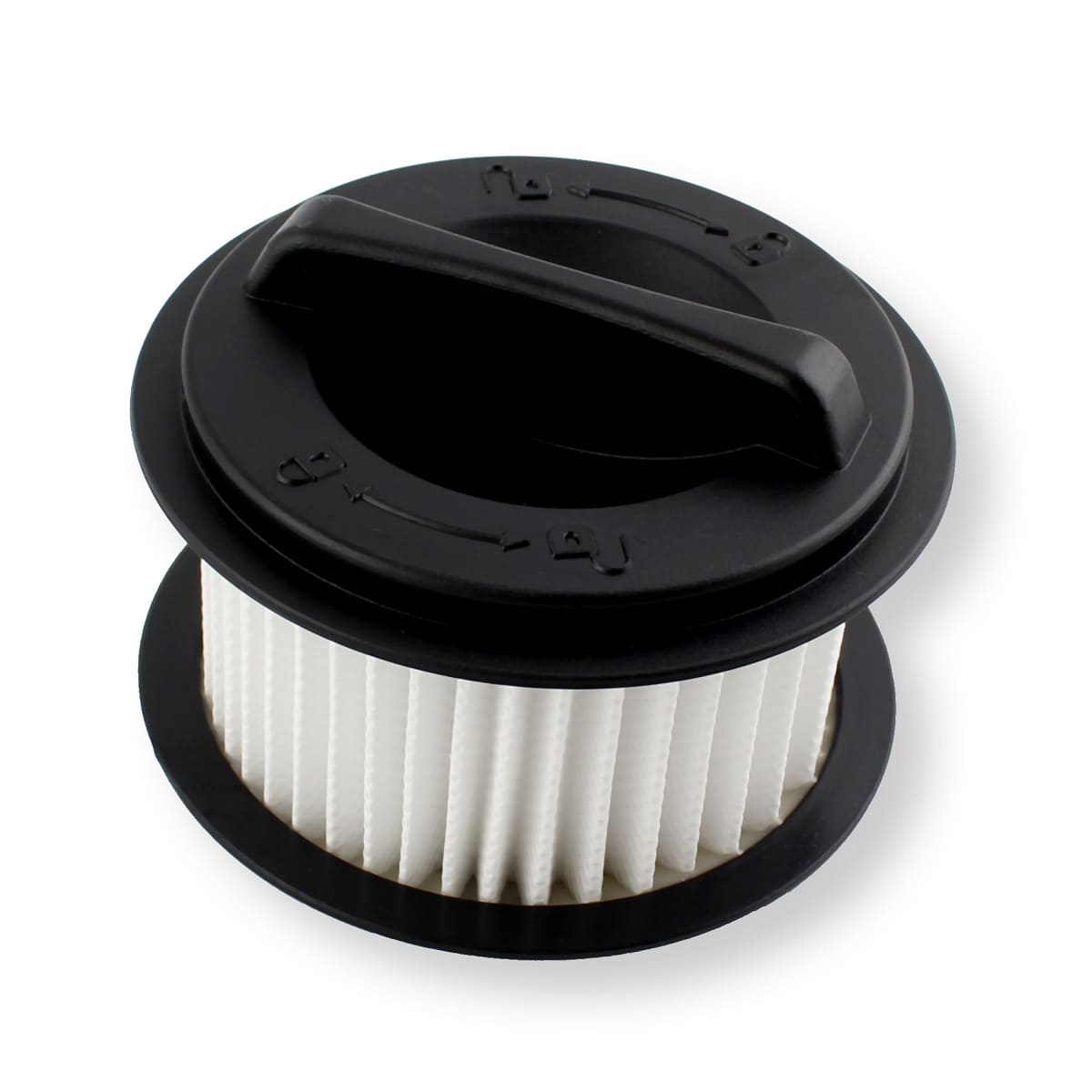

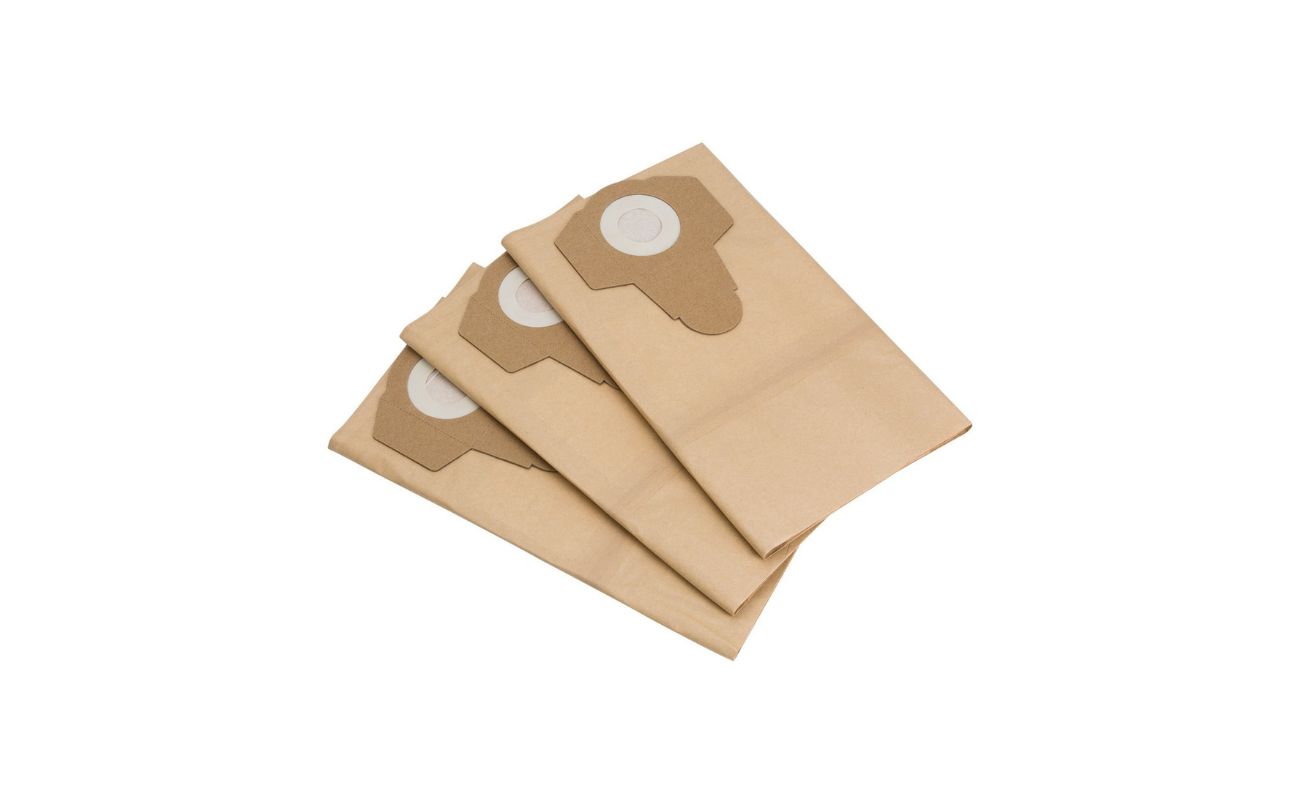
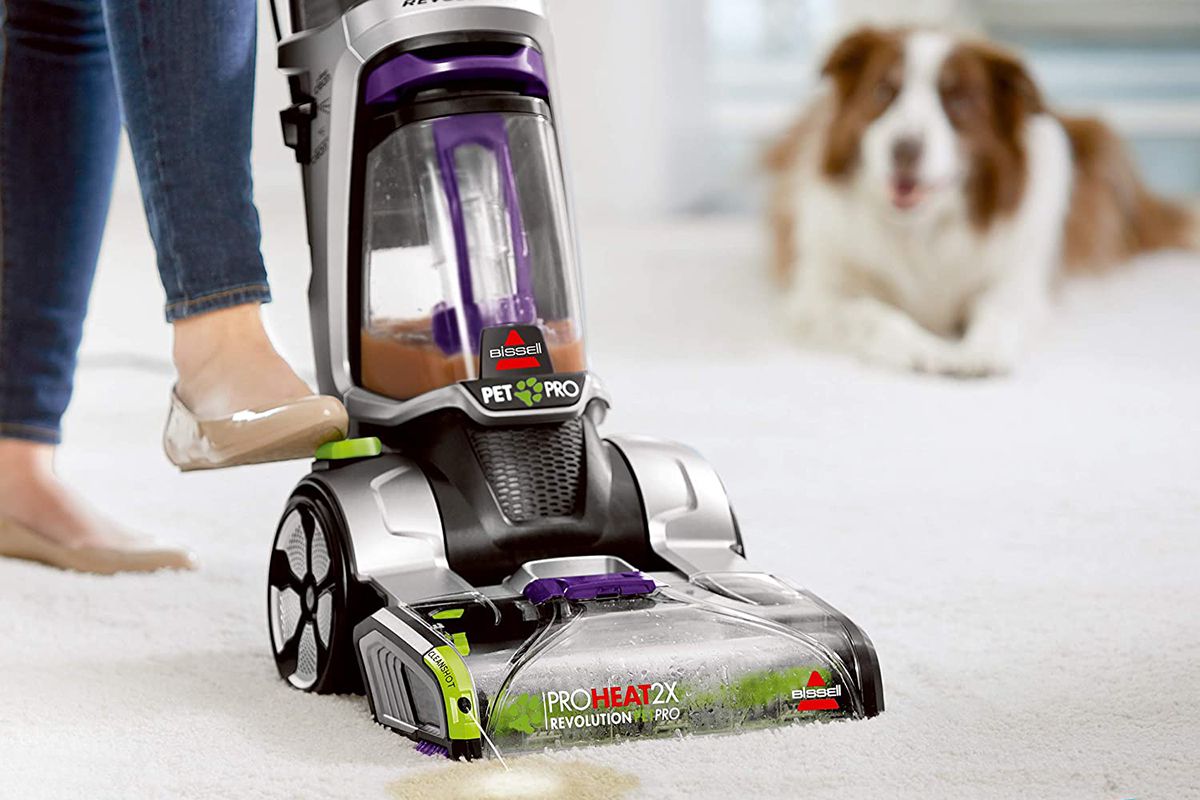
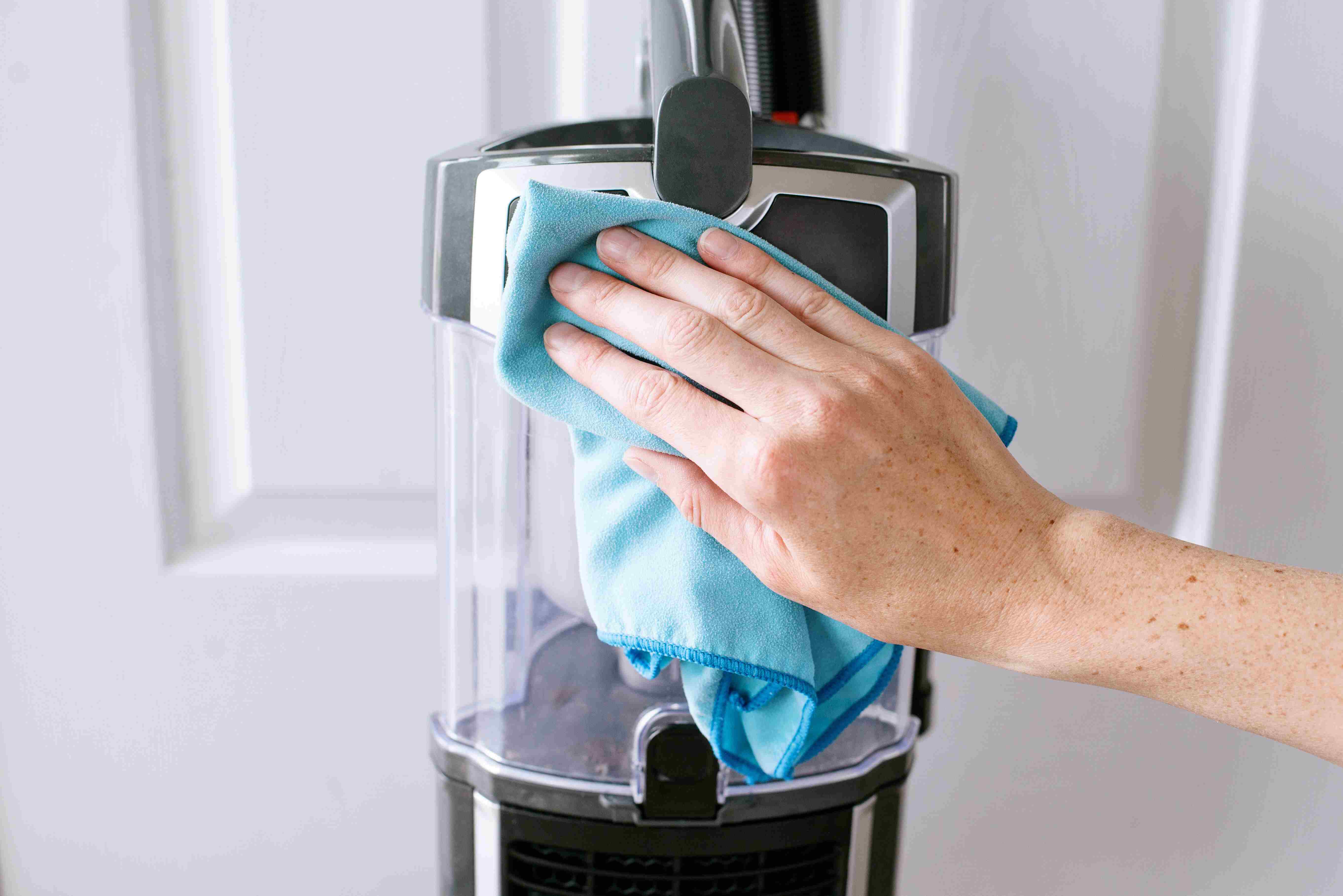
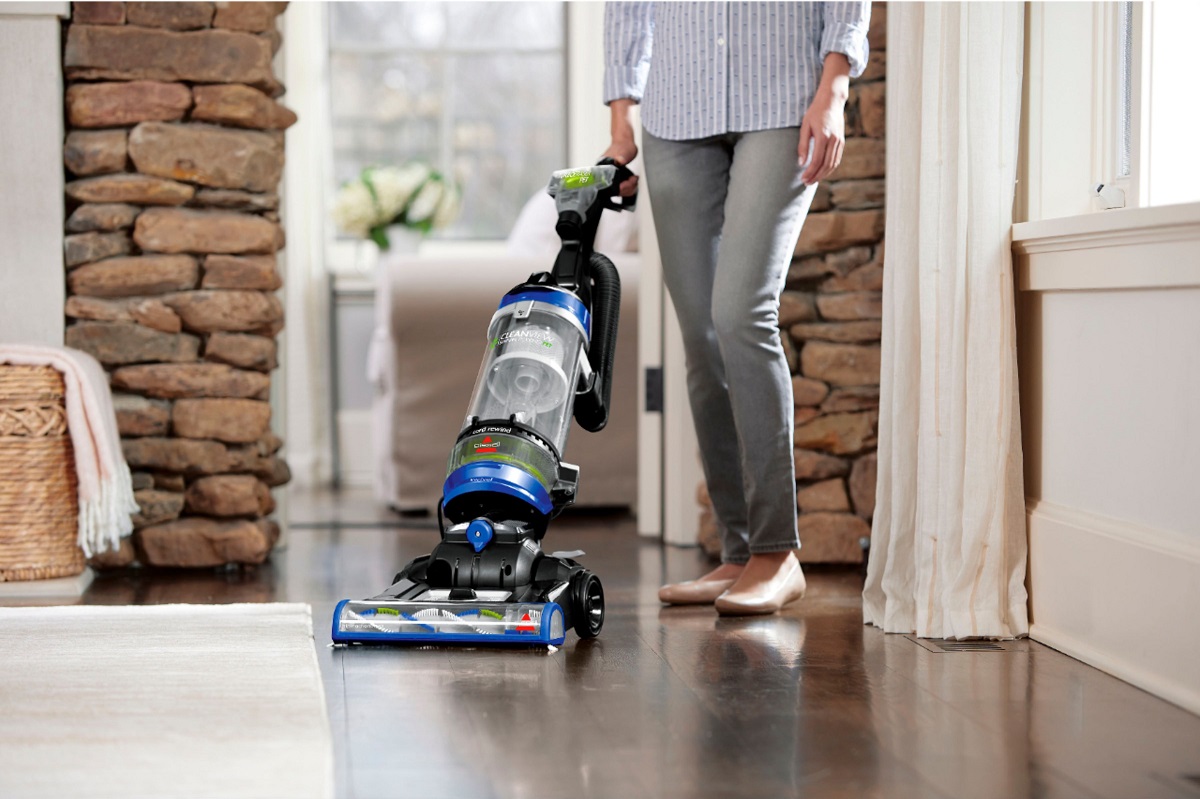
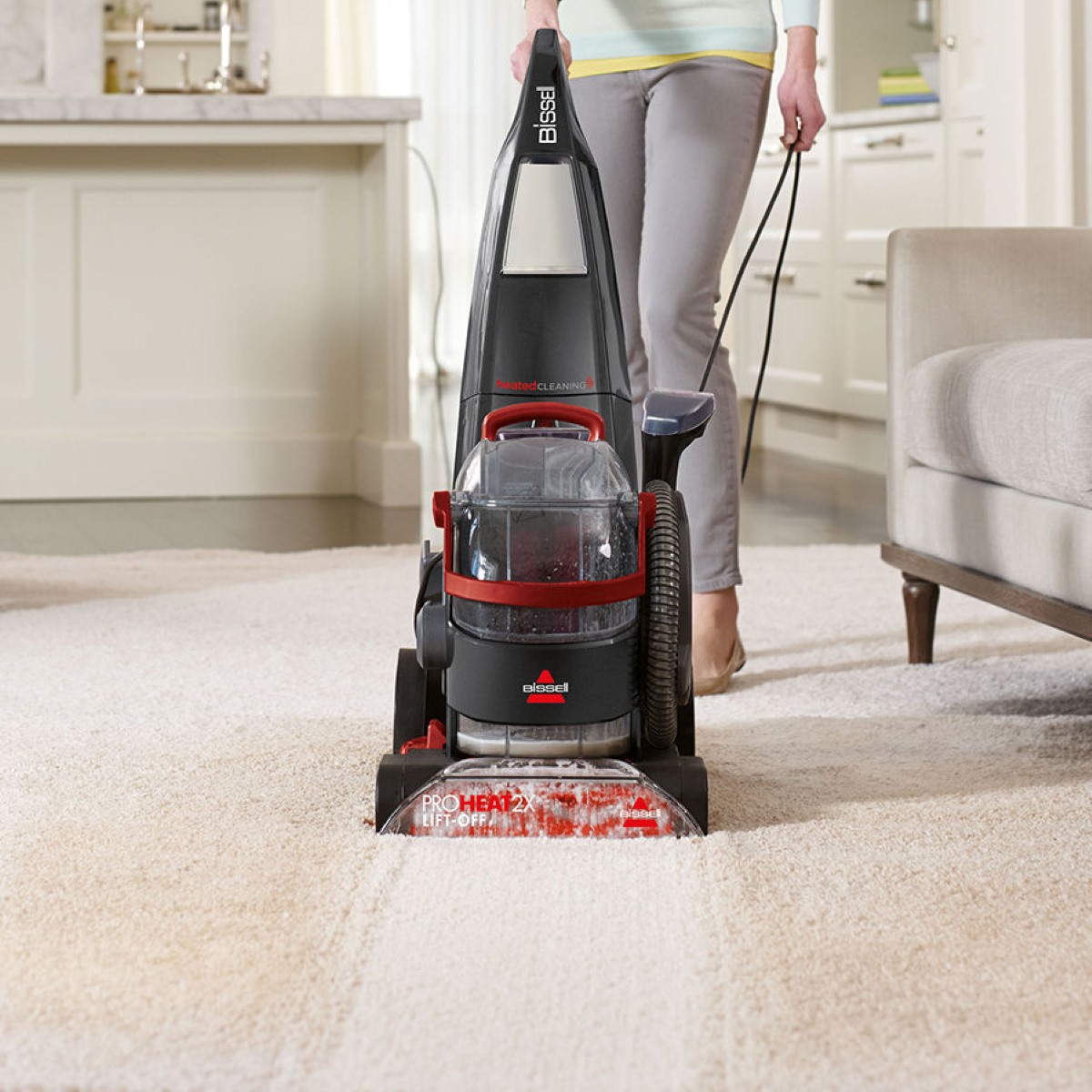
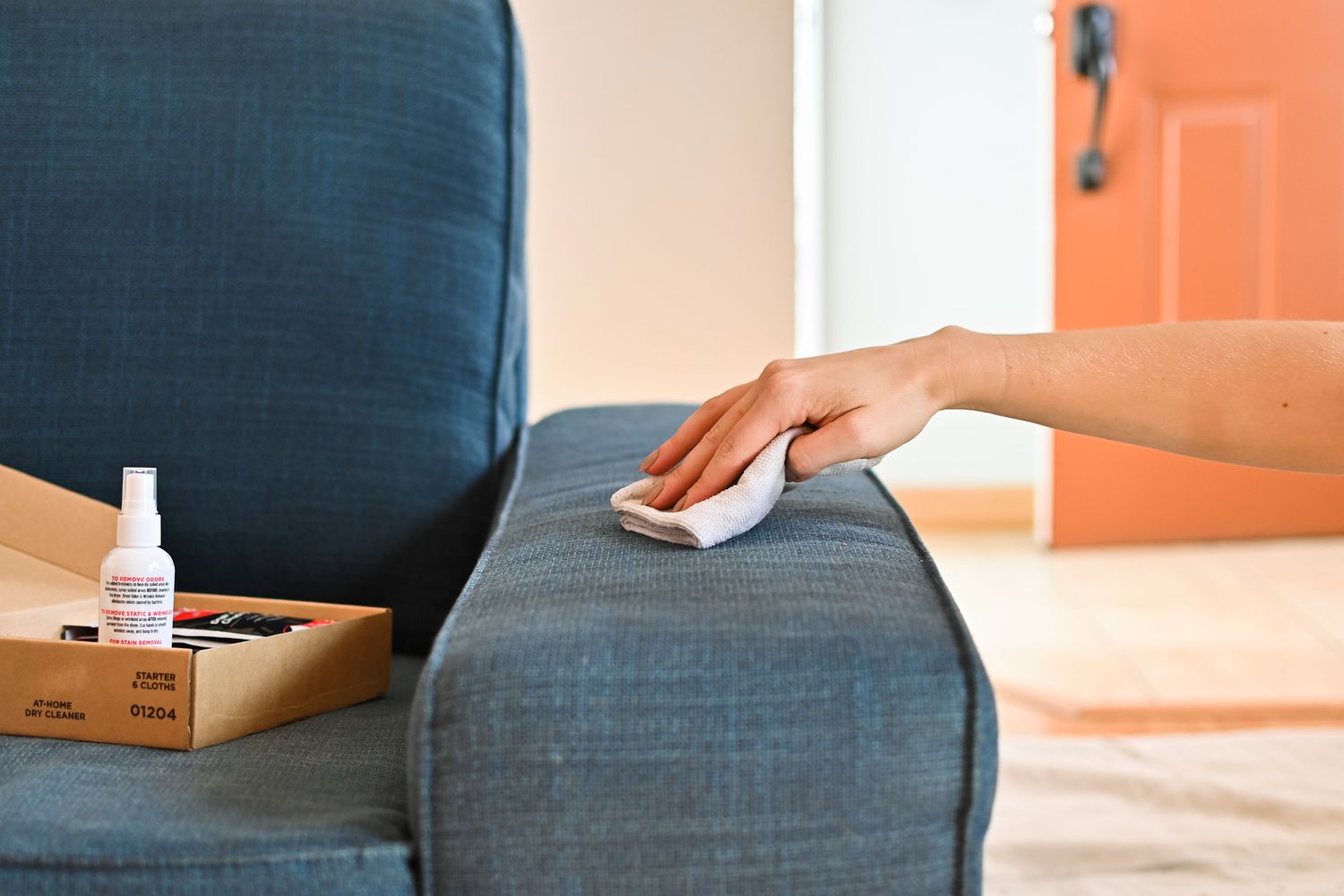
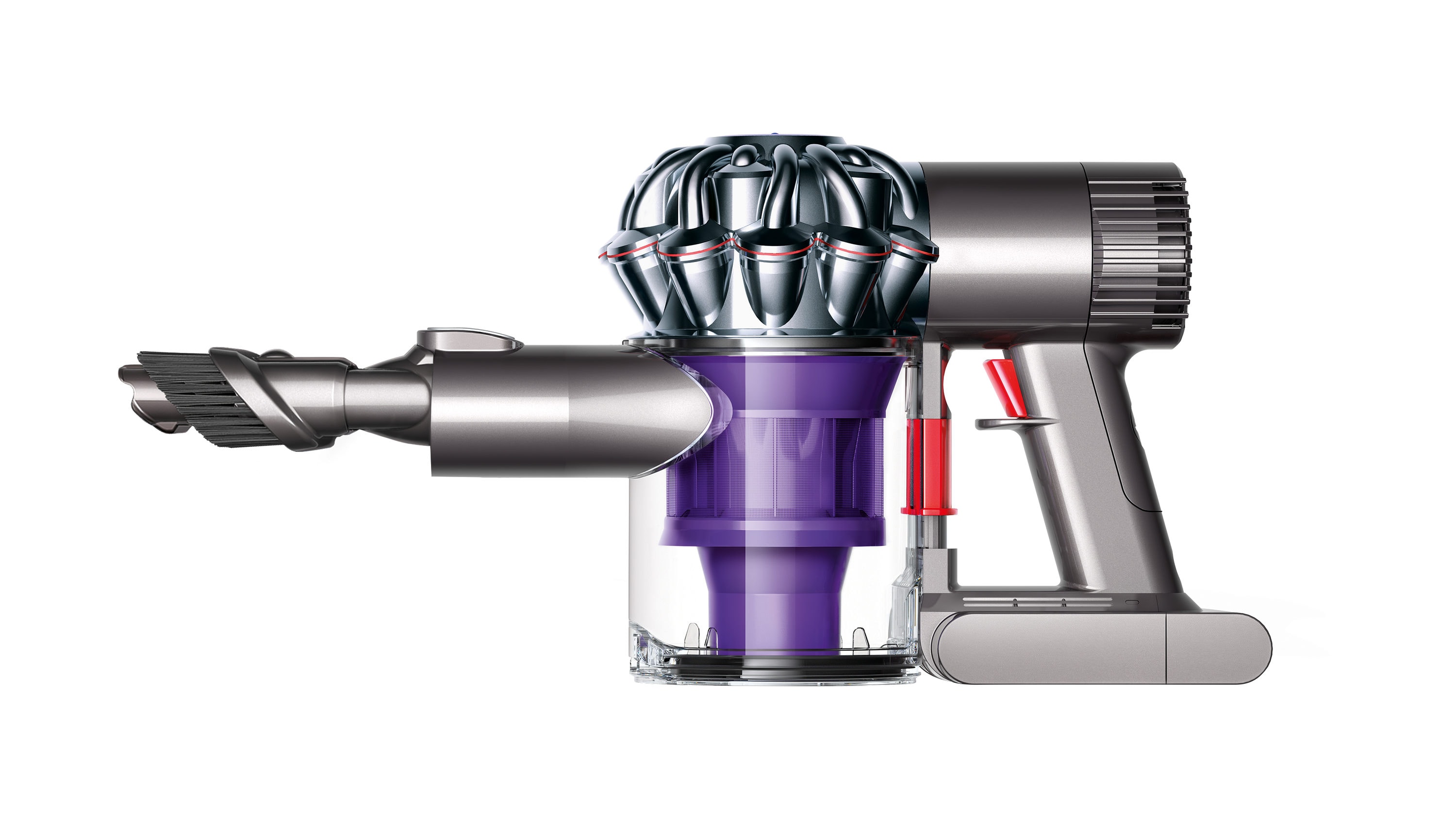
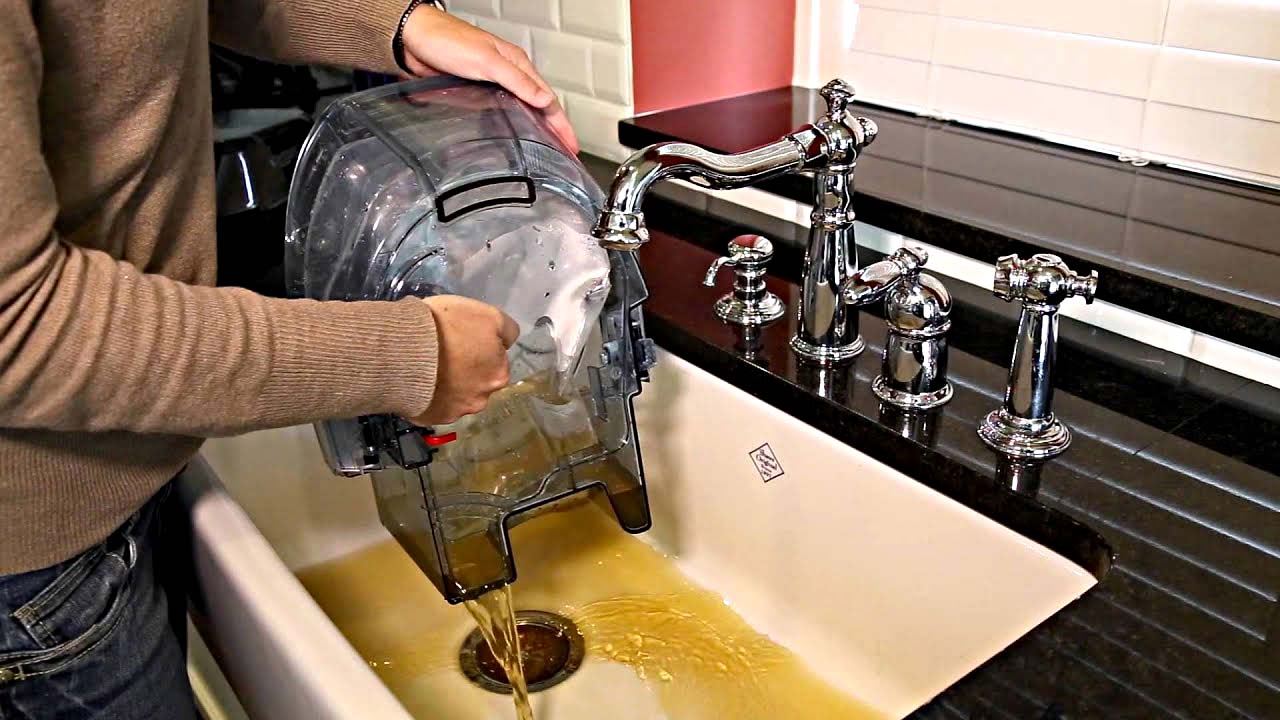
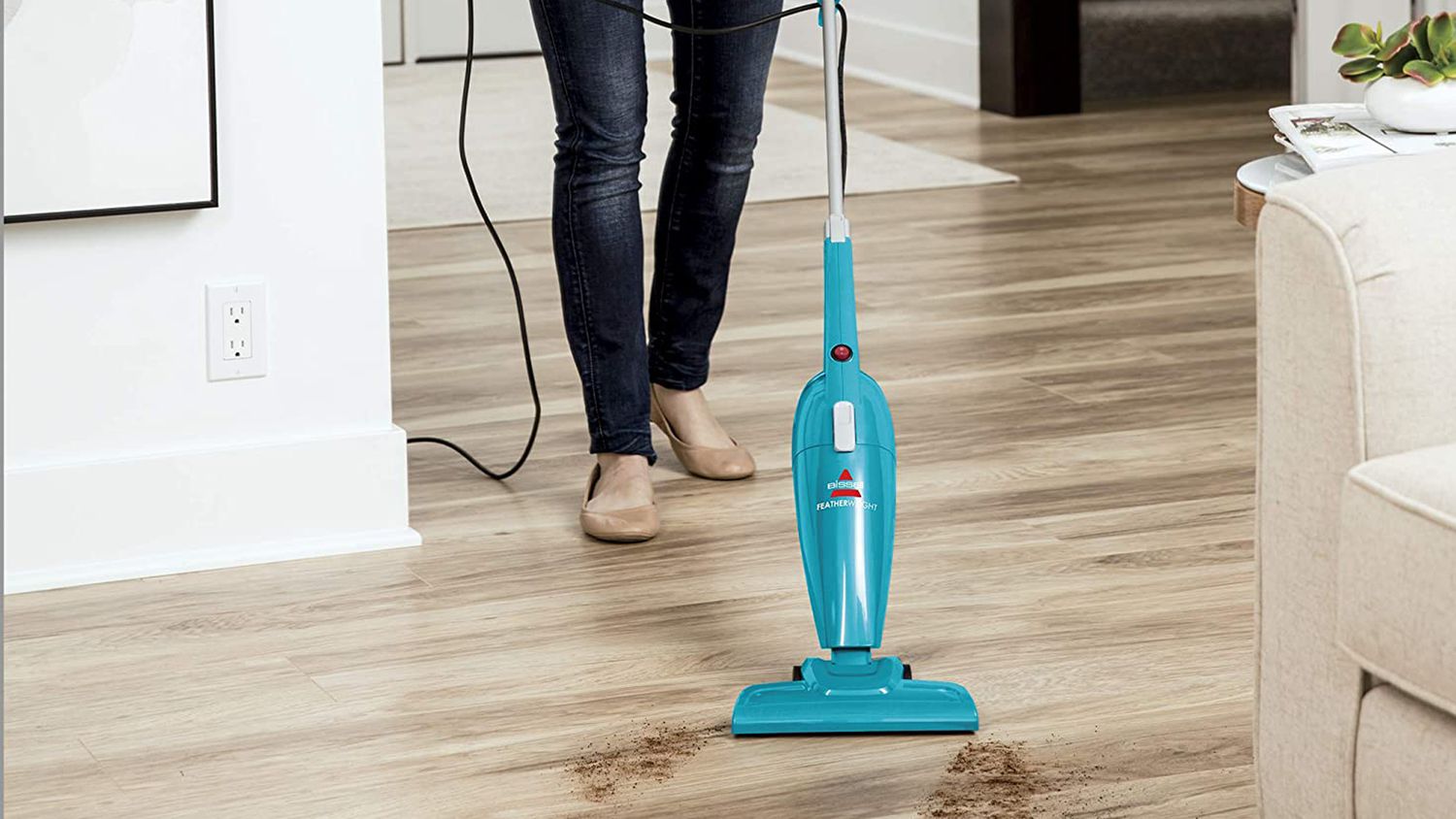
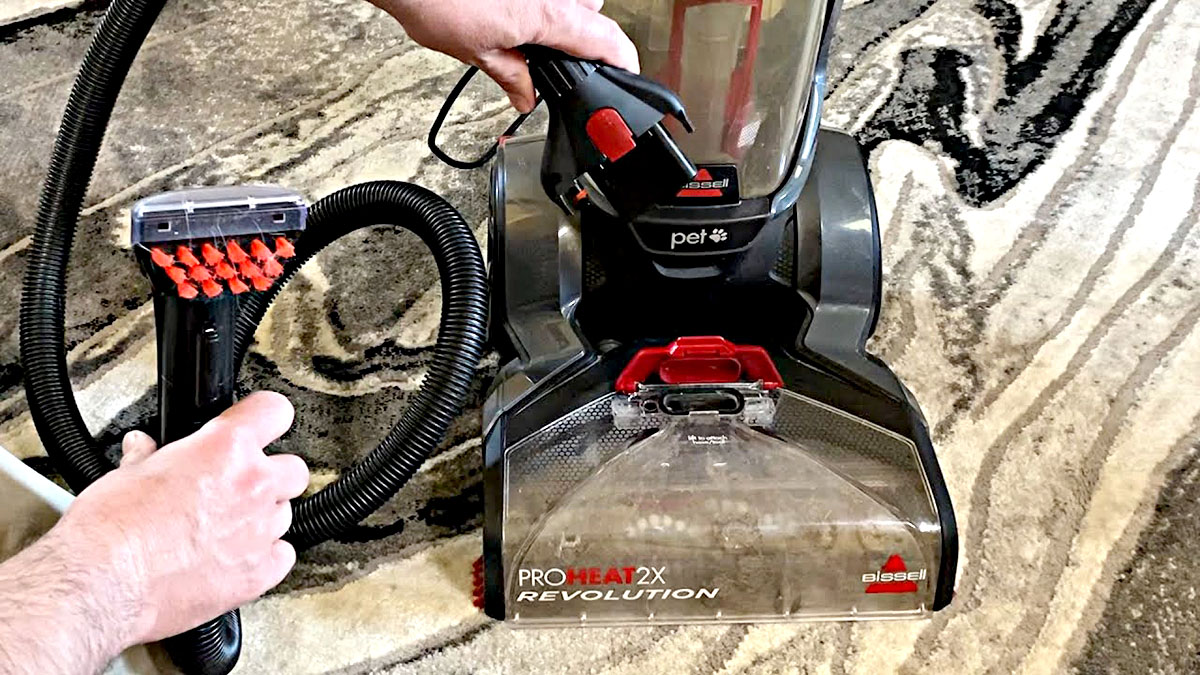
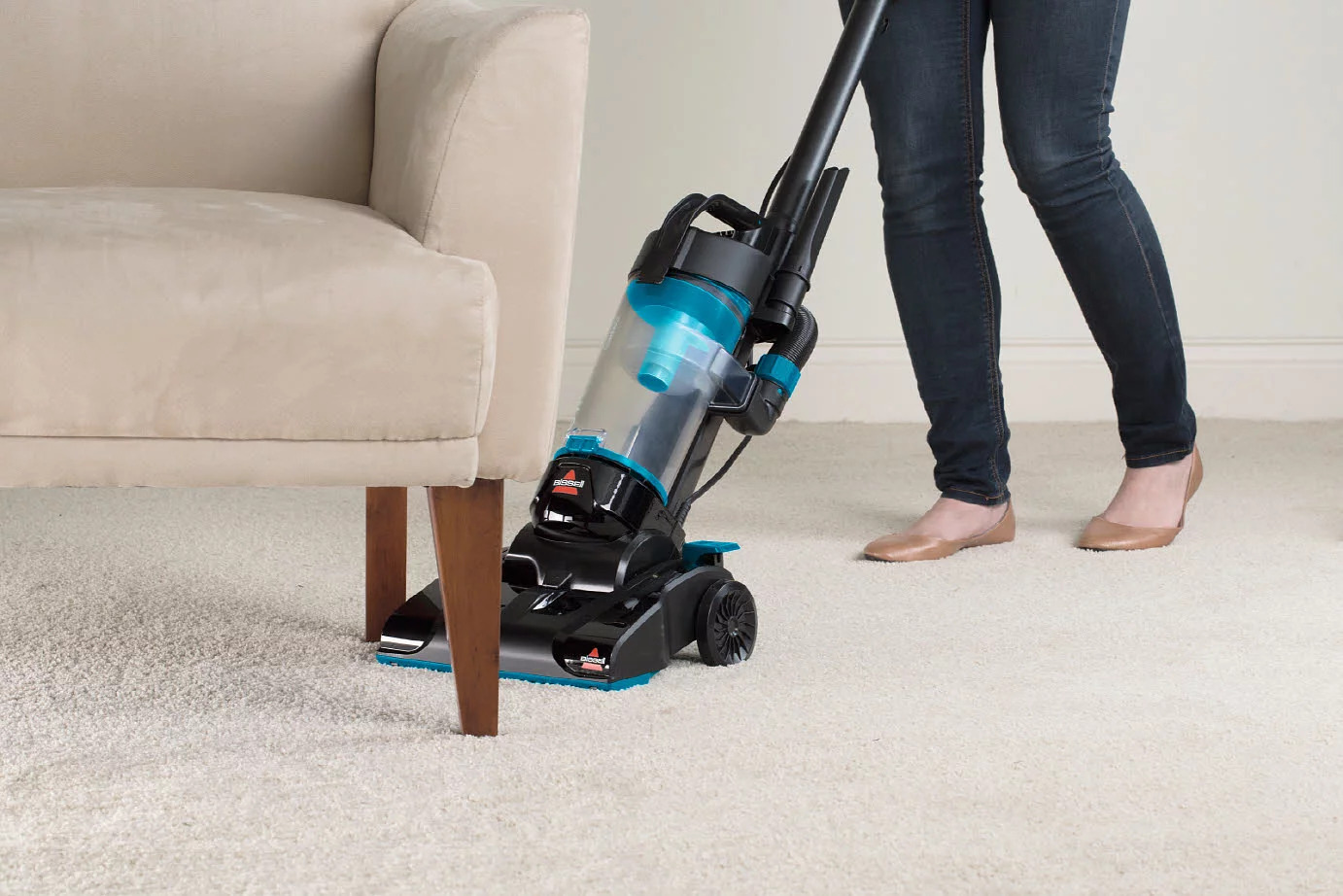

0 thoughts on “How To Clean Bissell Vacuum Cleaner”